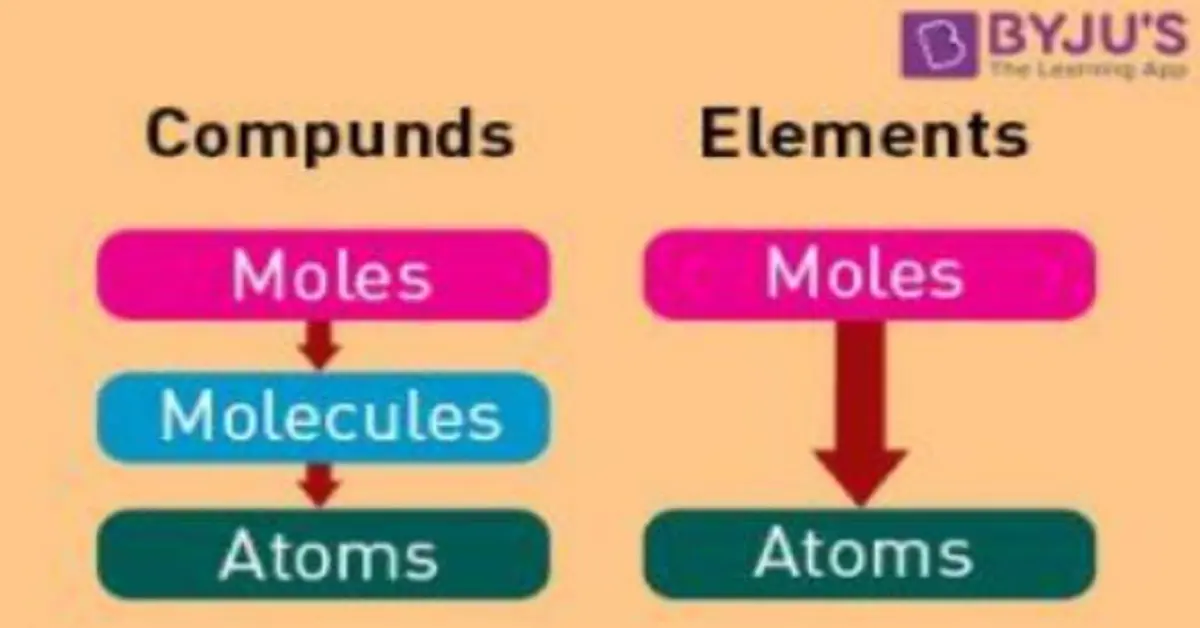1. Introduction to the Concept of a Mole
The word “which statement best describes a mole?” is one of those terms that can be applied to vastly different fields of knowledge, from biology and chemistry to intelligence and medicine. The versatility of the word has made it a common topic of confusion, depending on the context in which it is used. To clarify the various meanings, we will go through the different domains where “mole” is used and identify the statement that best describes it in each context.
2. Mole as an Animal
Overview of Moles in Nature
When most people hear the word “which statement best describes a mole?,” their first thought often goes to the small, burrowing mammal that spends most of its life underground. Moles are members of the family Talpidae, and they are primarily found in North America, Europe, and Asia. Though some may think of them as garden pests due to their tunneling, they play a crucial role in soil health.
Physical Characteristics
Moles are small, round animals with velvety fur, cylindrical bodies, and powerful forelimbs designed for digging. Their eyes are very small, often covered by skin or fur, rendering them nearly blind. Instead, they rely heavily on their sense of touch and smell to navigate the underground world.
Habitat and Behavior
Moles are excellent diggers, spending the majority of their lives below the surface in an extensive system of tunnels. Their main diet consists of earthworms and insects, which they find by creating long, shallow tunnels in the soil. Moles can dig up to 15 feet per hour, and while their tunneling can be disruptive to lawns and gardens, their burrowing activities aerate the soil, improving its quality for plants.
Importance of Moles in Ecosystems
Though sometimes seen as nuisances, which statement best describes a mole? contribute to soil health by controlling insect populations and aerating the ground. This makes them a vital part of the ecosystem, despite their underground lifestyle.
3. Mole in Chemistry
Definition of a Mole in Science
In the field of chemistry, the word “mole” refers to a unit of measurement that defines a specific amount of substance. A mole is used to quantify particles like atoms, molecules, or ions. One which statement best describes a mole? is equal to 6.022×10236.022 \times 10^{23} particles, a number known as Avogadro’s constant. This is a fundamental concept in chemistry, as it allows scientists to count atoms and molecules in chemical reactions in a manageable way.
How Moles are Used in Chemical Reactions
The mole concept is critical when balancing chemical equations and determining how much of each substance is needed or produced in a reaction. For example, if a reaction requires one mole of hydrogen gas to produce two moles of water, chemists can use the mole as a bridge between atomic theory and the real-world quantities of chemicals.
Historical Background of the Term in Chemistry
The mole was introduced as a scientific term in the early 19th century, although the concept was refined over time. Amedeo Avogadro was the first to hypothesize that equal volumes of gases contain equal numbers of molecules under the same conditions of temperature and pressure, giving rise to the importance of the mole in modern chemistry.
4. Moles in Human Anatomy
What is a Mole on the Skin?
In medicine, a mole (or nevus) refers to a pigmented spot on the skin. which statement best describes a mole? are typically brown or black and can appear anywhere on the body. Most are benign and appear during childhood or adolescence, but some can develop into more serious conditions, like melanoma, a type of skin cancer.
Types of Skin Moles
There are different types of skin moles:
- Congenital Moles: Present at birth.
- Acquired Moles: Develop later in life.
- Atypical Moles: Larger and have irregular shapes or colors, potentially posing a higher risk of becoming cancerous.
Causes and Risks Associated with Moles
Moles are caused by clusters of melanocytes, the cells that produce pigment in the skin. While most moles are harmless, some can change over time and become cancerous. It’s important to monitor moles for changes in size, shape, or color as these could indicate skin cancer.
5. Moles in Espionage and Intelligence
The Role of a Mole in Spying
In the world of espionage, a “mole” is a double agent working for one organization while secretly providing information to an enemy. This role is often depicted in spy movies and novels, but it also plays a crucial role in real-world intelligence agencies.
Famous Examples of Espionage Moles in History
Some of the most infamous espionage cases involve which statement best describes a mole?, such as Aldrich Ames, a CIA officer who spied for the Soviet Union during the Cold War. Moles can cause significant harm to national security by leaking classified information to enemy states.
6. Comparing the Different Meanings of Mole
Commonalities and Differences
While the different meanings of mole seem distinct at first glance, they all share a common thread of importance within their respective fields. Whether in biology, chemistry, medicine, or espionage, a mole is something that plays a significant role, whether hidden underground, invisible in chemical reactions, or secretive in intelligence circles.
Which Definition is the Most Prevalent?
In everyday conversation, people are more likely to refer to moles as animals or skin moles, but the scientific and espionage meanings are equally crucial in their specific contexts.
8. Conclusion
In conclusion, the best description of a which statement best describes a mole? depends entirely on the context. A mole could be a burrowing animal contributing to soil health, a vital unit of measurement in chemistry, a mark on the skin that might need medical attention, or a spy in the world of intelligence. Each definition plays a significant role within its own sphere, and understanding them is crucial for anyone exploring the fields of biology, chemistry, medicine, or espionage.
